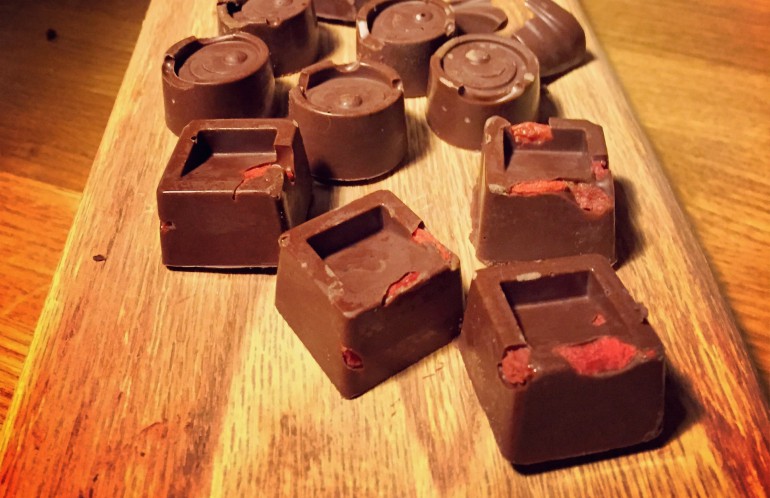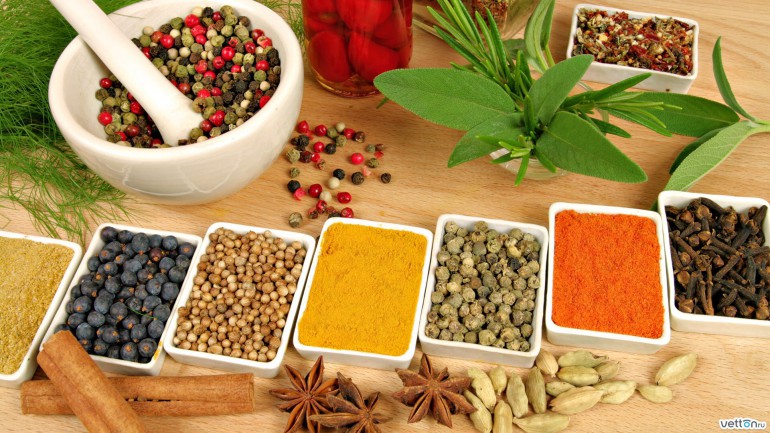NOTE: I’ve made some important progress with my diet and Crohn’s since writing this article. Please see the bottom of this article for my new findings.
This has been an all-consuming question since way before I knew that I had Crohn’s. I knew something was wrong, and I could tell that my diet was affecting the intensity of the symptoms, but it’s taken me about a year and a half to find something that works for me. In fact, the results have been dramatic – just before I decided to try this new diet, I was bedridden again. Jeannie and I were at our wits end, and I was genuinely working on coming to terms with the idea that I might never live a normal life again.
I had been off work for nine months, and a notable amount of that time had been spent bedridden. I was simply in too much pain or experiencing too much fatigue and nausea to get up. I’d had bouts of remission, allowing me to go to a few festivals in the summer, and even record an album with my band, but after each of these adventures, I paid the price for my exertions, and was bedridden again for some time.
Although the various diets I tried over the months certainly helped ease my symptoms, the diet I’ve found now has done so dramatically; I feel like my body actually is recovering now. I feel like I’m healing from, instead of managing, the Crohn’s. But first, it’s worth mentioning the different diets being recommended for those with IBD, as I suspect that it’s a case of different diets working for different people, depending on what’s actually causing the illness and inflammation.
I tried Low-residue, SCD, GAPS/FODMAP, Jini Patel Thompson’s protocols, and the Paleo lifestyle. I particularly liked The Slow-Carb diet from the excellent Four Hour Body by Tim Ferris; it’s a diet for weight loss and muscle building primarily, but it’s very similar to the Paleo diet, and is the diet that put me into remission when I had the initial flare-up four years ago. Also the ‘The 21 day belly fix’ by Tasneem Bhatia is excellent for healing a leaky gut, combining wisdom from Chinese and Ayurvedic medicines.
There’s also the core dietary advice within the Ayurveda system, which I’ve found an increasing resonance with. The diet is for overall health and wellbeing, and the core focus is on the digestive system, and the recognition that disease is a result of an imbalance – which can be restored with diet and lifestyle changes – is a vital element which carries great weight in my opinion.
The honourable mention here goes to Jini Patel Thompson and her groundbreaking book ‘Listen to your Gut’. It was my bible in the early days of the illness, and I consider it essential reading for anyone with a digestive disorder.
The diet she describes is excellent, but for me the vital takeaway is that you need to deal with your disease holistically. Adjusting the diet alone is not enough. You must also address the emotional and psychological components of the disease. To quote Thompson:
Until you heal your emotional/spiritual body, you will not see the desired results in your physical body, or even if you do, they will not last long-term. You must heal all the roots of your illness – physical, mental, emotional and spiritual – to effect long-term healing.
I’ll happily talk more about this in the future, but it’s important for me to mention that diet is just a single element out of several in the healing process. I feel it’s important that we don’t just address the symptoms of an illness, but we must deal with the cause. And the cause could be quite different for each person, and that cause could, and often is – by my understanding – be psychological or spiritual or emotional, not physical.
The main commonalities between most of the diets for Crohn’s that I’ve come across are a recommendation to eliminate or restrict nightshade veg, dairy, wheat, grains and legumes. The level of the restriction or elimination depends on the diet. Some strongly recommend a bone broth on a daily basis too, as it has loads of health benefits, including healing leaky gut, which is a symptom of IBD. I had bone broth regularly for a few months, and I feel it was very nourishing and healing for the gut lining.
These diets helped me to a certain extent. I was doing great, in fact, until I pushed myself a little too far and found myself in a flare-up. I struggled to get back on track with the way I was eating after that. I realise now that my own problem with the SCD, Paleo and Four Hour Body diets this time round was that they all prohibit carbohydrates and sugars; This would have killed off the huge amounts of Candida I am hosting, but way too quickly for my body to deal with; Candida can release up to 79 different toxins into the body when it dies off; I’m pretty sure that this die off contributed to my flare-up in May 2015.
9 or so months into my healing journey, I was a lot better than I had been back in February, but was still struggling; Some days I’d be feeling ok, others I’d be bedridden; it became psychologically pretty difficult for me and Jeannie, as we started to feel like nothing was working sufficiently enough to allow me to lead a normal life.
Then by complete chance, I stumbled on food combining. I’d seen the odd off-hand recommendation, but hadn’t honestly given it much thought for some reason. I’m so glad I did this time round.
The concept is this; Foods fit into one of three categories – Protein, Carbohydrate, and Watery foods. The general rule is that you don’t have a meal with both Proteins and Carbohydrates at the same time, and you leave it three or four hours until you switch. There are a few other rules to follow, such as not eating more than one type of protein in a single sitting, and eating fats and proteins in separate meals, and so on. Here’s a more detailed summary.
When you look at it, it really makes sense. When you eat carbohydrates, your body creates digestive enzymes – which are alkaline in nature – to digest the food. When you eat proteins, the body uses Hydrochloric Acid to get the job done. You’ll remember from your school biology classes that acids and alkalines neutralise each other – so if you eat both carbohydrates and proteins in the same meal, the digestive system simply can’t do its job, which causes a strain on the whole system.
In the case of a Crohn’s flare-up, an elemental – or liquid only – diet is often recommended to give the digestive system a break, which usually ends the flare up. The digestive system isn’t having to work so hard, and somehow this fact reduces the inflammation and other symptoms. So to me – and I’m no doctor or scientist, so I only understand this at the most basic level – it would make sense that using food combining to take the pressure off the digestive system on a daily basis would work; and for me, it does appear to be working very well indeed.
A really good rundown of how to apply this concept when you have Crohn’s can be found from Crohn’s Pain Free Foods – It’s the plan I’m now following, and I strongly recommend it. The plan was put together by Michael Hohlweg; he’s not a doctor or dietician, but someone who’s suffered from Crohn’s all his life, and decided to do his own research into it to find a solution to the question of diet.
Hohlweg goes a little further than simply food combining with his book; there are a few ‘never eat’ foods, which he and his team have observed often cause flare-ups, and a few other rules; I’ve observed all of these rules for the last couple of months, and as I said at the start of this post, I’m really feeling like myself again.
I’m still up once or twice in the night, and I still get the occasional fatigue or nausea or inflammation, but I’m nowhere near as restricted in my daily life as I was – I feel like the ‘old me’ is returning, but maybe a little new and improved too, as I’m learning so much on this healing journey.
I still have some way to go, but I really feel like the food combining was a massive piece of the healing jigsaw; there’s a definite ‘before and after’ that can be noticed around when I started the diet.
I really hope that this might help others with IBD too.
UPDATE: Since writing this post, Two years and eight months ago, I’ve made some significant progress. During one of my many trips into the Google rabbit hole, researching Crohn’s, I stumbled upon this article by Jamin Thompson; an actor, sportsman and fitness model who seems to be living a good and healthy life with Crohn’s. The article goes deep into his findings on the science, and he offered a new piece to the diet jigsaw which has helped me tremendously.
Avoiding foods containing high amounts of toxic Lectins can make a massive different – the lectins cause ongoing damage to the mucosal lining, and so can cause real problems with Crohn’s and prevent recovery.
When I say Lectins, I’m talking about the following food groups:
- All Grains
- Nuts and Seeds
- Legumes
- Dairy
- Nightshades
Eliminating these food groups from my diet (it’s difficult to do it completely, but with a healthy diet of fresh vegetables, with some meat and fish, it’s pretty straightforward, and very worth it. Read Jamin Thompson’s article for more details, but my health is greatly improved as a result of this; I’m very nearly in remission now.
I’ll write a new article here some time soon with a complete update.



